"Joel, this is Marty. I'm calling you from a cell phone - a real, portable cell phone."
These were the first words Dr. Martin Cooper said to Dr. Joel S. Engel, then the business director at AT&T, on the morning of April 3, 1973, when he called from the world 's first handheld mobile phone. At that time, Mr. Cooper was the director of communications systems at Motorola and Dr. Engels' rival.
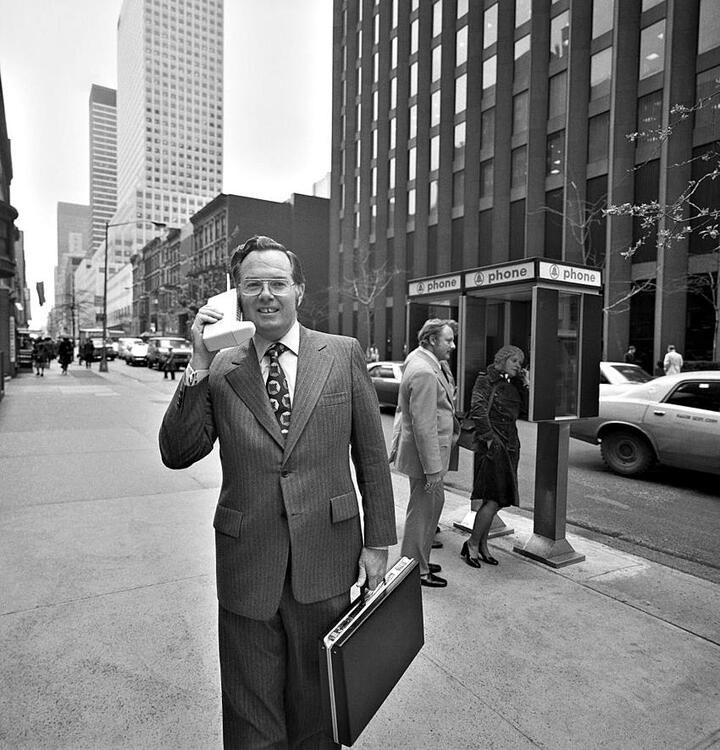
Dr. Martin Cooper made the first call using a mobile phone on April 3, 1973. (Photo: Brightside)
This moment marks the end of a long race to bring mobile connectivity to the masses.
For years, AT&T had been investing heavily in cellular phones, an initiative it saw as the natural next step in the evolution of the telephone system. AT&T even approached the Federal Communications Commission (FCC) for exclusive spectrum rights in an effort to monopolize the cellular market – a move the FCC welcomed because it simplified its licensing process.
In this race, Mr. Cooper's division at Motorola also quickly launched counterattacks. They argued before the FCC that AT&T's monopoly on spectrum was a threat to the market. At the same time, Mr. Cooper took on an ambitious project: to develop a truly personal communications device that wouldn't confine you to a car, a home, or an office.
In Cooper's words, "the time was ripe for personal communications." This vision finally became a reality as he drove through traffic on Sixth Avenue on April 3, 1973. It was also the day AT&T lost the battle and Motorola emerged as the leader in the telecommunications industry.
Cooper's cell phone ran on a basic network that could be considered a precursor to everything from 0G to 5G. To connect these early devices, Motorola set up a base station on the roof of Burlington House (now the AllianceBernstein building), connecting directly to the AT&T landline system.
Although rudimentary, Cooper and his team went on to work on the first network system for two-way radio communications. In 1975, Martin Cooper was named as the primary inventor on a patent for a radiotelephone system, which is considered the first description of an operating standard for cellular network communications.
The global telecommunications industry has changed a lot since Martin Cooper, thanks to his tireless efforts. Few inventors have impacted human communication to the same extent as Cooper. And certainly none have done it with the bold style of Martin Cooper’s legendary first mobile phone call.
Source





![[Photo] Da Nang: Hundreds of people join hands to clean up a vital tourist route after storm No. 13](https://vphoto.vietnam.vn/thumb/1200x675/vietnam/resource/IMAGE/2025/11/07/1762491638903_image-3-1353-jpg.webp)


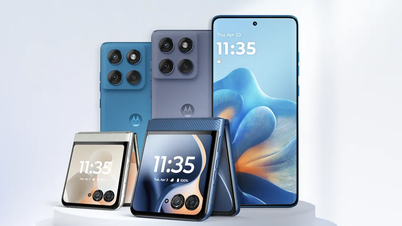

























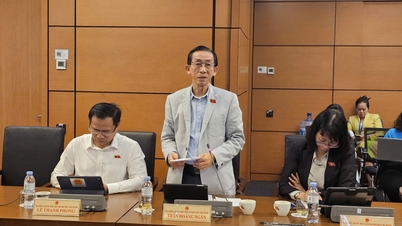











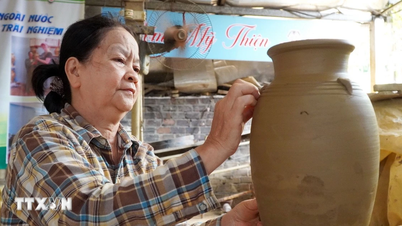
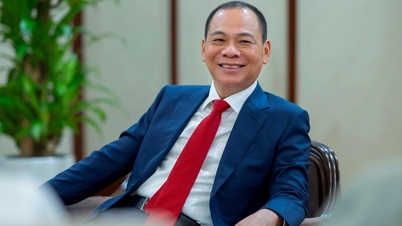






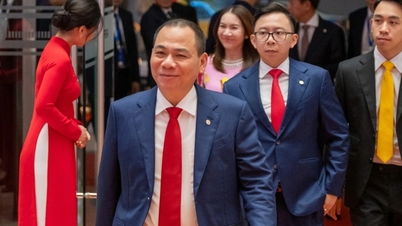














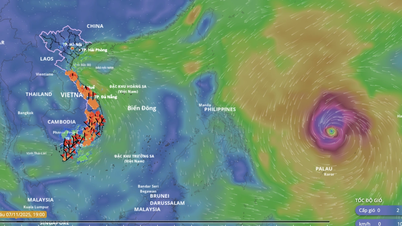







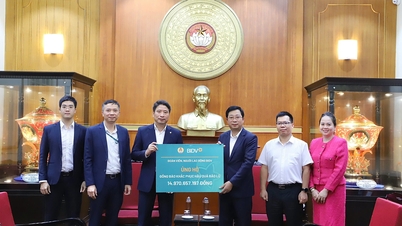

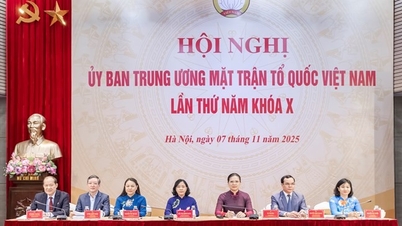
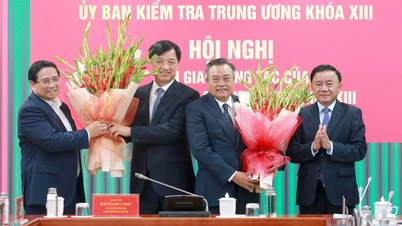




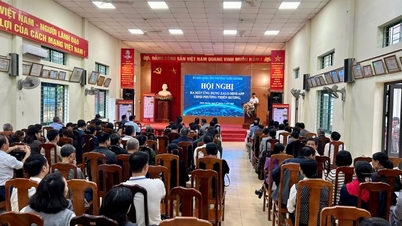









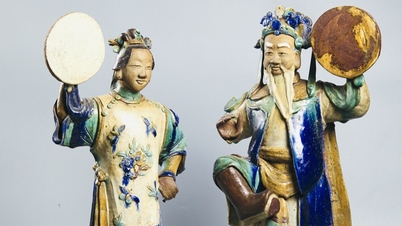





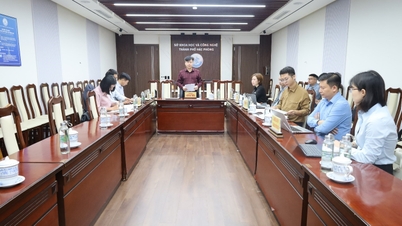





Comment (0)